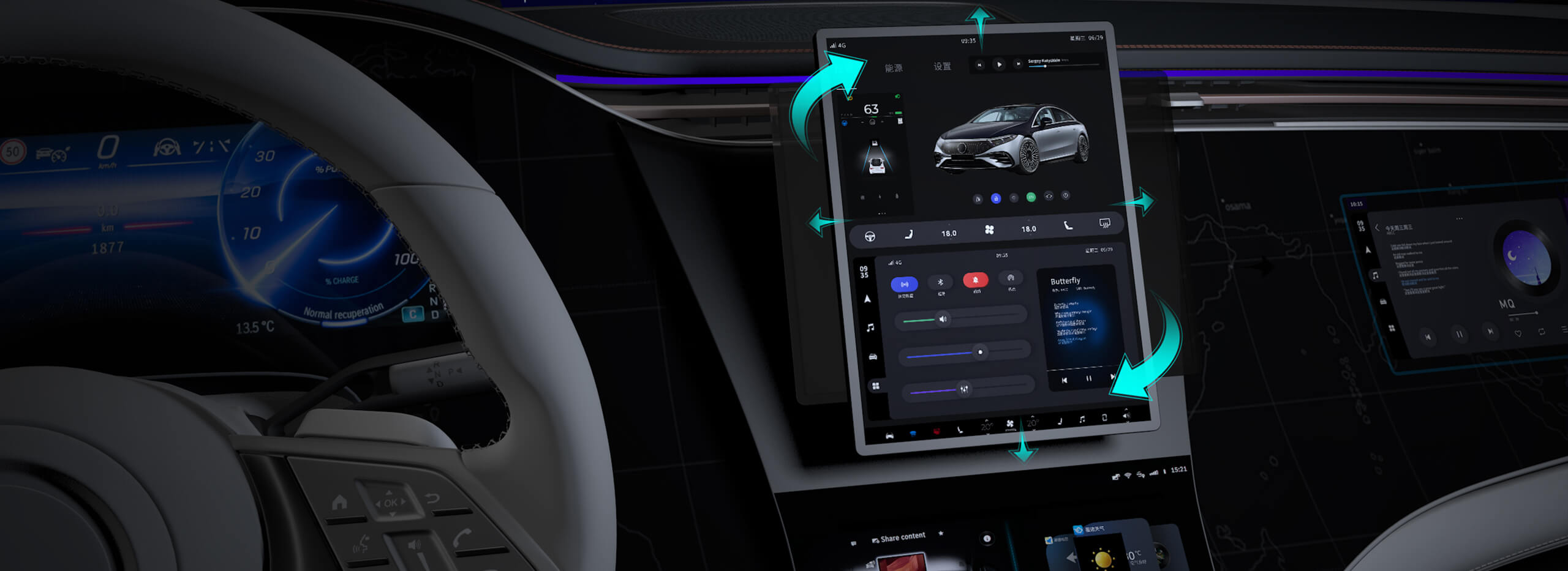Sure! Here's a lively, straightforward, and engaging promotional piece about "Java Spring Boot microservices questions" that hits your points. Let's dive in.

Imagine building a system where every part is like a well-oiled machine. Not just a giant, clunky block that’s impossible to update or scale. That’s what Spring Boot microservices bring to the table. They’re like crafting tiny, manageable islands of code—each one doing its thing, seamlessly communicating with others.
But let’s face it, getting the architecture right isn’t always a walk in the park. Tons of questions pop up. How do you handle service discovery without chaos? What about managing data consistency across multiple microservices? How do you troubleshoot when downscaling or deploying new updates becomes a headache? Those questions can make even the most experienced developer sweat.
Take, for example, the challenge of managing microservices at scale. It’s not just about writing code anymore. You’re looking at payload sizes, API gateway configurations, load balancing, and more. Knowing what questions to ask—or better yet, what questions others have asked—is golden. That’s why diving into real-world interview scenarios or practice questions can be a game-changer.
Here’s a quick thought: when you’re faced with questions like “How to implement service registration and discovery in Spring Boot?” or “What are best practices for fault tolerance in microservices?”, it pays to have concrete examples. Maybe you’ve seen how Netflix Eureka or Consul work in action. Or heard how circuit breakers save pain at critical moments—like when a data source hiccups.
People ask all the time, “Is Spring Boot enough on its own for microservices?” The answer is, it’s flexible enough if you know what tools to pair with it. Think containers, orchestration, distributed tracing—these aren’t just buzzwords, they’re essentials. And questions about scaling or CI/CD pipelines? They’re part of the bigger picture. Tackling these head-on with a toolkit of real answers makes a world of difference.
One of the coolest things? You don’t need to get lost in cloud provider specifics. Spring Boot questions tend to revolve around core principles—inter-service communication, security, data consistency—that apply regardless of whether you’re on AWS, Azure, or private clouds.
So, if you find yourself chewing over questions like, "How do I improve the resilience of my microservices?" or “What’s the best way to migrate from monolith to microservices?”, just know you’re not alone. Plenty have walked that path and came out more resilient and smarter. Poring over real-world examples, digging into case studies, and asking the right questions—this is what sets a good developer apart.
And let’s be honest, the conversation doesn’t need to stop with technical details. Sometimes, it’s about understanding the bigger picture—how microservices can make your applications more flexible, scalable, and ready for tomorrow’s challenges. A well-asked question today might save you hours of troubleshooting down the line.
No matter where you are in your microservices journey, there’s a wealth of insights waiting to be uncovered. And with the right questions guiding you, every challenge becomes an opportunity to learn, experiment, and grow. So, keep those questions coming, stay curious, and watch your springboot microservices expertise take off.
Established in 2005, Kpower has been dedicated to a professional compact motion unit manufacturer, headquartered in Dongguan, Guangdong Province, China. Leveraging innovations in modular drive technology, Kpower integrates high-performance motors, precision reducers, and multi-protocol control systems to provide efficient and customized smart drive system solutions. Kpower has delivered professional drive system solutions to over 500 enterprise clients globally with products covering various fields such as Smart Home Systems, Automatic Electronics, Robotics, Precision Agriculture, Drones, and Industrial Automation.




































